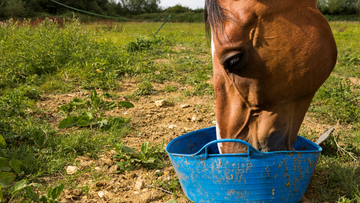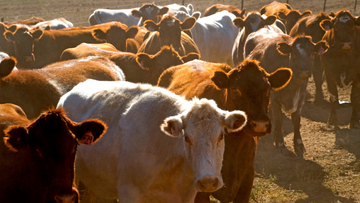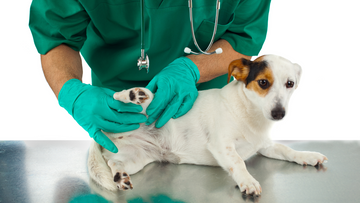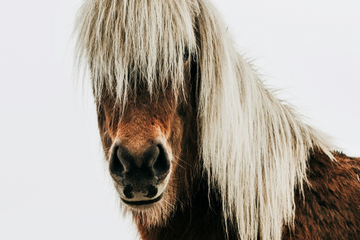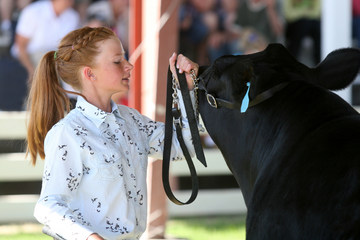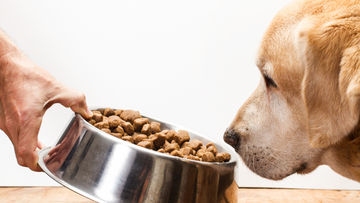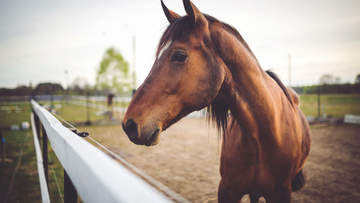Beet pulp has become a popular feed topper and supplement for horses. Not only is it versatile, but it is easily digestible and available in most areas. Whether you are a seasoned equestrian or a first-time horse owner, understanding the role of beet pulp in your horse's diet can be beneficial. In this blog, discover what beet pulp is, its advantages, how to prepare it, and things to remember when feeding beet pulp.
What is Beet Pulp?

Beet pulp is the fibrous byproduct of sugar beets. It is commonly sold in shredded or pelleted form and can be fed wet or dry, depending on your horse. Despite being a byproduct, beet pulp is a nutrient-rich feed that provides an easily digestible fiber source.
Nutritional Benefits of Beet Pulp
Beet pulp is often called a "superfiber" because of its digestibility and energy content. Here are some key nutritional benefits:
-
High Fiber Content: Fiber is essential for maintaining a healthy digestive system in horses. Beet pulp provides a digestible fiber source that supports gut health and nutrient absorption.
-
Energy-Rich Without Excessive Sugar: Beet pulp is derived from sugar beets. It is a low-sugar, high-energy feed option for horses with specific dietary needs, such as insulin resistance.
-
Hydration Support: When soaked, beet pulp becomes highly palatable and hydrating, which can be especially beneficial for horses prone to dehydration, those living in hot climates, or those with poor dental health.
-
Weight Management: Its calorie-dense nature makes beet pulp an excellent choice for horses that need to gain weight or maintain their condition during high activity or cold weather.
How to Feed Beet Pulp
Proper preparation of beet pulp is crucial to ensure it is safe and beneficial for your horse. Follow these guidelines:
-
Soaking: Most horse owners choose to soak beet pulp before feeding. Shredded beet pulp typically requires about 30 minutes of soaking, while pellets may take up to an hour, depending on your climate. Ensure it is fully expanded to prevent choking. Take extra caution with senior horses or horses with poor dental health, as unsoaked beet pulp can increase the risk of choke. It is not recommended to soak overnight in hot climates as it can lead to bacteria growth.
-
Portion Control: The amount of beet pulp to feed depends on your horse's size, weight, and activity level. Consult your veterinarian for recommendations.
-
Mixing: Beet pulp can be fed alone or mixed with other feeds, supplements, or forage. Many horses enjoy its texture and taste, making it an easy addition to their diet.
Considerations and Precautions
While beet pulp is generally safe, there are a few things to keep in mind:
-
Choking Hazard: Feeding unsoaked beet pulp can increase the risk of choking. Always ensure it is adequately soaked and expanded before serving. This is especially important with senior horses.
-
Balanced Diet: While beet pulp is nutrient-rich, it should not replace forage or a complete feed. It should only be used as a supplement or topper.
-
Storage: Store beet pulp in a dry, cool place to prevent mold or spoilage.
Is Beet Pulp Right for Your Horse?
Beet pulp is a versatile and nutritious feed option that can benefit many horses, from performance athletes to seniors. However, each horse is unique, and their dietary needs vary. Before making any significant changes to your horse's diet, consult with a veterinarian or equine nutritionist to ensure it aligns with their health and lifestyle.
Beet pulp offers a range of benefits, including improved digestion, hydration, and weight management, making it a valuable addition to many equine diets. By understanding how to prepare and feed it properly, you can enhance your horse's health and well-being.





